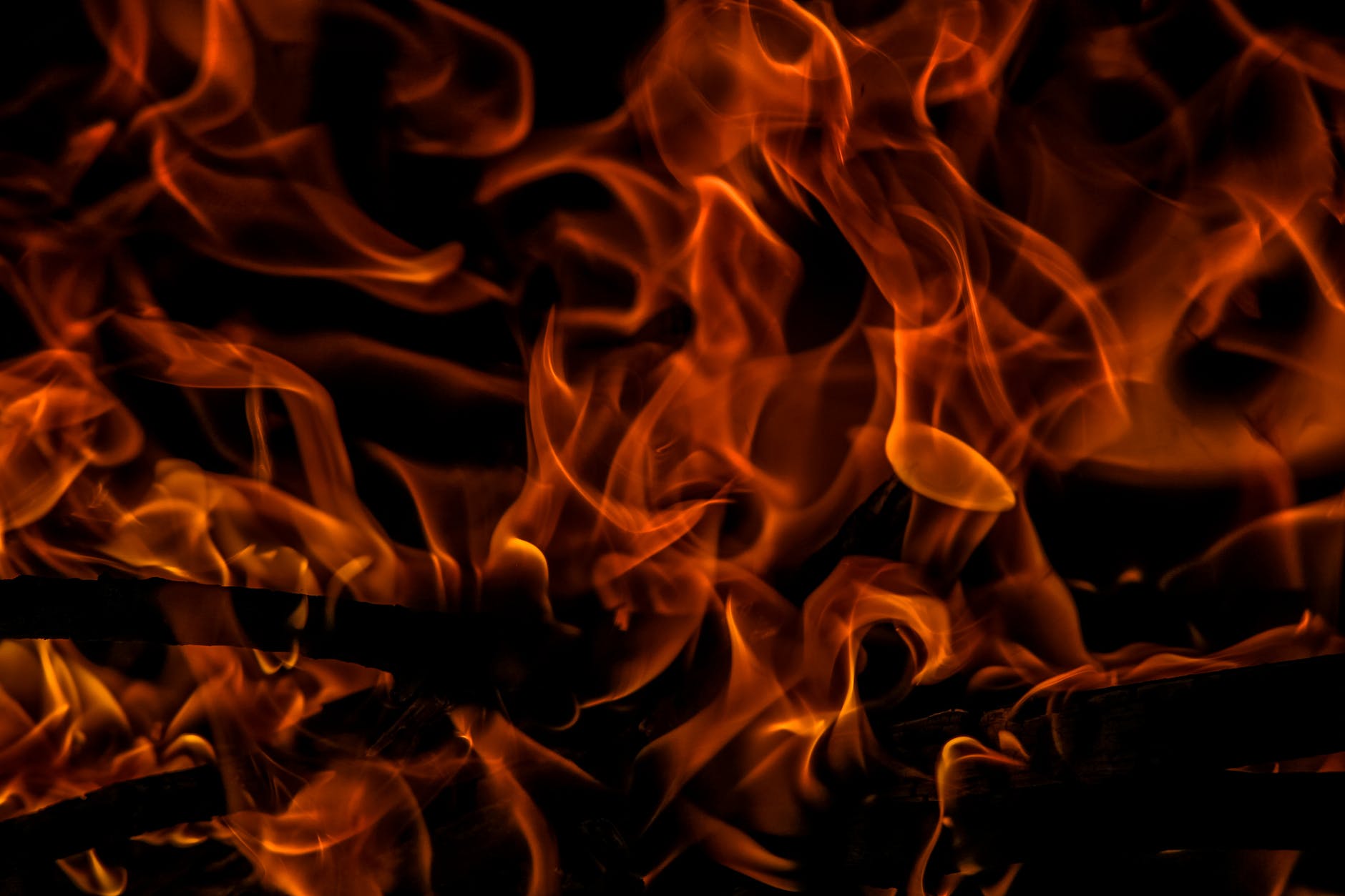
Classes of Fire as per European Standard
Introduction
Classes of Fire as per European Standard : Fire is a powerful force that, if left uncontrolled, can cause immense destruction. Understanding the different classes of fire is crucial for effective firefighting and fire prevention. The European Standard classifies fires into several categories, each with its unique characteristics and extinguishing methods. In this article, we will delve into the various classes of fire as per the European Standard, providing valuable insights to help you stay safe and informed.
Class A: Ordinary Combustibles
Class A fires involve ordinary combustible materials such as wood, paper, fabric, and plastics. These fires are fueled by organic substances and typically leave behind ash after combustion. To extinguish Class A fires, water or Class A fire extinguishers are commonly used. The key is to cool the material and eliminate the heat source.
Class B: Flammable Liquids and Gases
Class B fires are fueled by flammable liquids and gases, including gasoline, oil, and propane. They can be extremely dangerous due to the rapid spread of flames. Firefighters combat Class B fires using foam, carbon dioxide, or dry chemical extinguishers. These agents smother the fire by cutting off its oxygen supply.
Class C: Electrical Equipment
Fires involving electrical equipment fall into Class C. These fires can be tricky to handle because of the risk of electrocution. De-energizing the electrical source is the first step, followed by using a non-conductive extinguishing agent like carbon dioxide or dry chemical powder.
Class D: Combustible Metals
Class D fires involve combustible metals such as magnesium, titanium, and sodium. These fires require specialized extinguishing agents like dry powder designed for the specific metal involved. Water should be avoided at all costs, as it can exacerbate the situation by reacting with the metal.
Class F: Cooking Oils and Fats
Class F fires are typically found in kitchens and involve cooking oils and fats. These fires burn at very high temperatures and can be challenging to extinguish. Specialized wet chemical extinguishers are used to suppress the flames, cooling the oil and preventing re-ignition.
The Importance of Knowing Fire Classes
Understanding the classes of fire is crucial for several reasons. Firstly, it helps in selecting the right fire extinguishing agent, ensuring that you don’t exacerbate the situation. Secondly, it allows individuals to make informed decisions during emergencies, potentially saving lives and property.
Tips for Fire Safety
- Regular Maintenance: Ensure that fire extinguishers and other firefighting equipment are regularly inspected and maintained.
- Fire Drills: Conduct regular fire drills at home or in the workplace to familiarize everyone with emergency procedures.
- Proper Storage: Store flammable materials safely and away from potential ignition sources.
- Fire Safety Education: Educate yourself and others about fire safety, including the appropriate use of fire extinguishers.
- Emergency Numbers: Always have emergency contact numbers readily available and teach everyone how to use them in case of a fire.
Conclusion
Fire safety is a responsibility that we all share. Knowing the classes of fire as per the European Standard equips us with the knowledge to react swiftly and effectively in case of an emergency. By understanding the nature of different fires and how to combat them, we can protect our loved ones, property, and ourselves.
Classes of Fire as per Indian Standard (IS 15683:2018)
Classes of Fire as per British Standard (BS EN) 2
Classes of Fire as per NFPA 10 Standard
Classification of Fire and Types of Fire Extinguishers
FAQs (Frequently Asked Questions)
- What is the European Standard for fire classification? The European Standard categorizes fires into different classes based on their fuel source. These classes help determine the appropriate extinguishing methods.
- Why is it important to use the correct fire extinguisher for a specific class of fire? Using the wrong extinguisher can worsen the situation. It’s crucial to match the extinguishing agent to the type of fire to ensure effective suppression.
- Can water be used to extinguish all types of fires? No, water is not suitable for all fires. In fact, it can be dangerous in certain situations, such as Class B and Class D fires, where it can exacerbate the flames.
- What are some common causes of Class F fires in kitchens? Class F fires often result from overheated cooking oil or fats. Grease buildup in kitchen appliances can also contribute to these fires.
- How can individuals improve their overall fire safety preparedness? Regular maintenance of firefighting equipment, fire drills, proper storage of flammable materials, education on fire safety, and knowing emergency contact numbers are essential steps to enhance fire safety preparedness.
In conclusion, staying informed about fire classes and adopting fire safety measures are vital steps towards a safer environment for everyone.